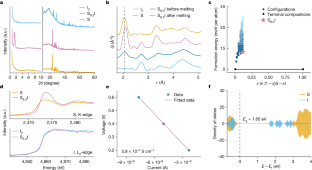2024-03-06 ノースカロライナ州立大学(NCState)
<関連情報>
- https://news.ncsu.edu/2024/03/understanding-wind-and-water-at-the-equator-key-to-more-accurate-future-climate-projections/
- https://www.nature.com/articles/s41467-024-45677-2
風による海洋循環の歴史的変化が太平洋の温暖化パターンを引き起こす Historical changes in wind-driven ocean circulation drive pattern of Pacific warming
Shuo Fu,Shineng Hu,Xiao-Tong Zheng,Kay McMonigal,Sarah Larson & Yiqun Tian
Nature Communications Publishe:d20 February 2024
DOI:https://doi.org/10.1038/s41467-024-45677-2

Abstract
The tropical Pacific warming pattern since the 1950s exhibits two warming centers in the western Pacific (WP) and eastern Pacific (EP), encompassing an equatorial central Pacific (CP) cooling and a hemispheric asymmetry in the subtropical EP. The underlying mechanisms of this warming pattern remain debated. Here, we conduct ocean heat decompositions of two coupled model large ensembles to unfold the role of wind-driven ocean circulation. When wind changes are suppressed, historical radiative forcing induces a subtropical northeastern Pacific warming, thus causing a hemispheric asymmetry that extends toward the tropical WP. The tropical EP warming is instead induced by the cross-equatorial winds associated with the hemispheric asymmetry, and its driving mechanism is southward warm Ekman advection due to the off-equatorial westerly wind anomalies around 5°N, not vertical thermocline adjustment. Climate models fail to capture the observed CP cooling, suggesting an urgent need to better simulate equatorial oceanic processes and thermal structures.



